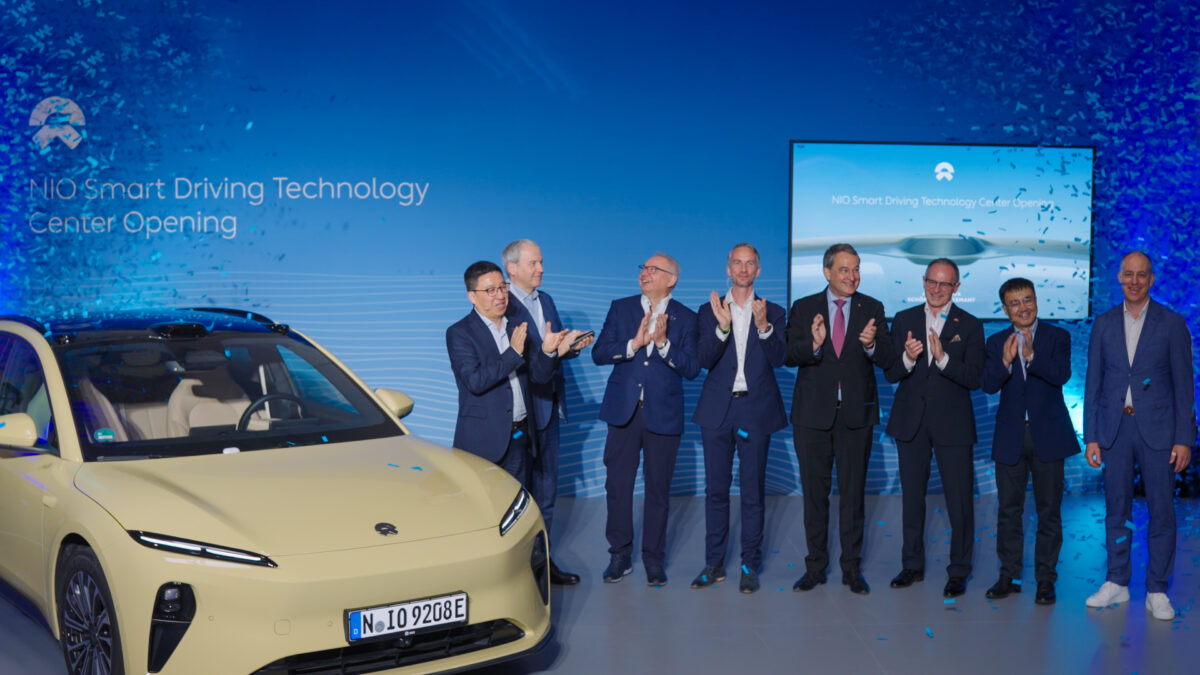Now that the Bipartisan Infrastructure Law has been signed, the US will see more than US$550bn in new funding for transportation. While everyone in the mobility world may be tempted to breathe a sigh of relief because the US is finally getting serious about upgrading its aging infrastructure, this is not time to rest easy. Now comes the hard part, ensuring that the money is invested in order to achieve the law’s lofty goals.
In order to make the best transportation decisions to fix rusting railways, dilapidated bridges, crumbling roads and more, the federal, state and local governments and transportation department officials are going to need high-quality data that can be captured and analysed in real-time. And, more important, they will need to harness that data effectively.
With connected cars generating up to 25 gigabytes of data per hour… harnessing it could easily become insurmountable—and quite costly—if not broached correctly
First, start at the source – or sources, rather. With many cars on the road now fully connected and IoT sensors spattered across roads and intersections, the first step in putting the Infrastructure Law to good use is collating those trillions of data points. This will lead to a well-informed approach that can focus on infrastructure needs. For instance, using braking data from connected cars, local officials can more easily understand where drivers are encountering dangerous situations and where problem intersections or turns may be; they can utilise that information to both amend the issue and keep it in mind for future urban planning, thereby mitigating the risk of accidents before they happen.
However, data isn’t always the easiest to digest. With connected cars generating up to 25 gigabytes of data per hour (for comparison’s sake, a single car can generate as much data as 2,500 mobile phone users), harnessing it could easily become insurmountable—and quite costly—if not broached correctly.
The best step in reaching our goals for smarter infrastructure will not be constructing, rebuilding or removing, but taking a deep dive into the data that tells a story about each and every one of our cities
The solution to this lies largely within the intersection between the cloud, the car and the software that connects it all, to reduce the amount of data being transmitted to only the important information. This will reduce the risk of a potential data tsunami overwhelming human engineers and planners. Naturally, this technology must be an intelligent solution that weeds out ineffectual data.
And last but certainly not least, the final component of the solution lies within the hands of local and regional governments, the funds they have for such efforts and related technology, and how they put them to use. Despite many who have put the cart ahead of the horse, the best step in reaching our goals for smarter infrastructure will not be constructing, rebuilding or removing, but taking a deep dive into the data that tells a story about each and every one of our cities (bumps, bruises and all).
The opinions expressed here are those of the author and do not necessarily reflect the positions of Automotive World Ltd.
David Burns is Chief Technology Officer of wejo
The Automotive World Comment column is open to automotive industry decision makers and influencers. If you would like to contribute a Comment article, please contact editorial@automotiveworld.com



